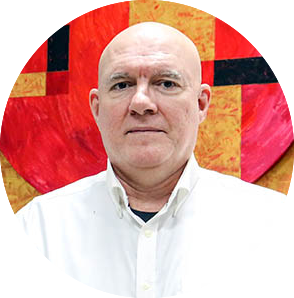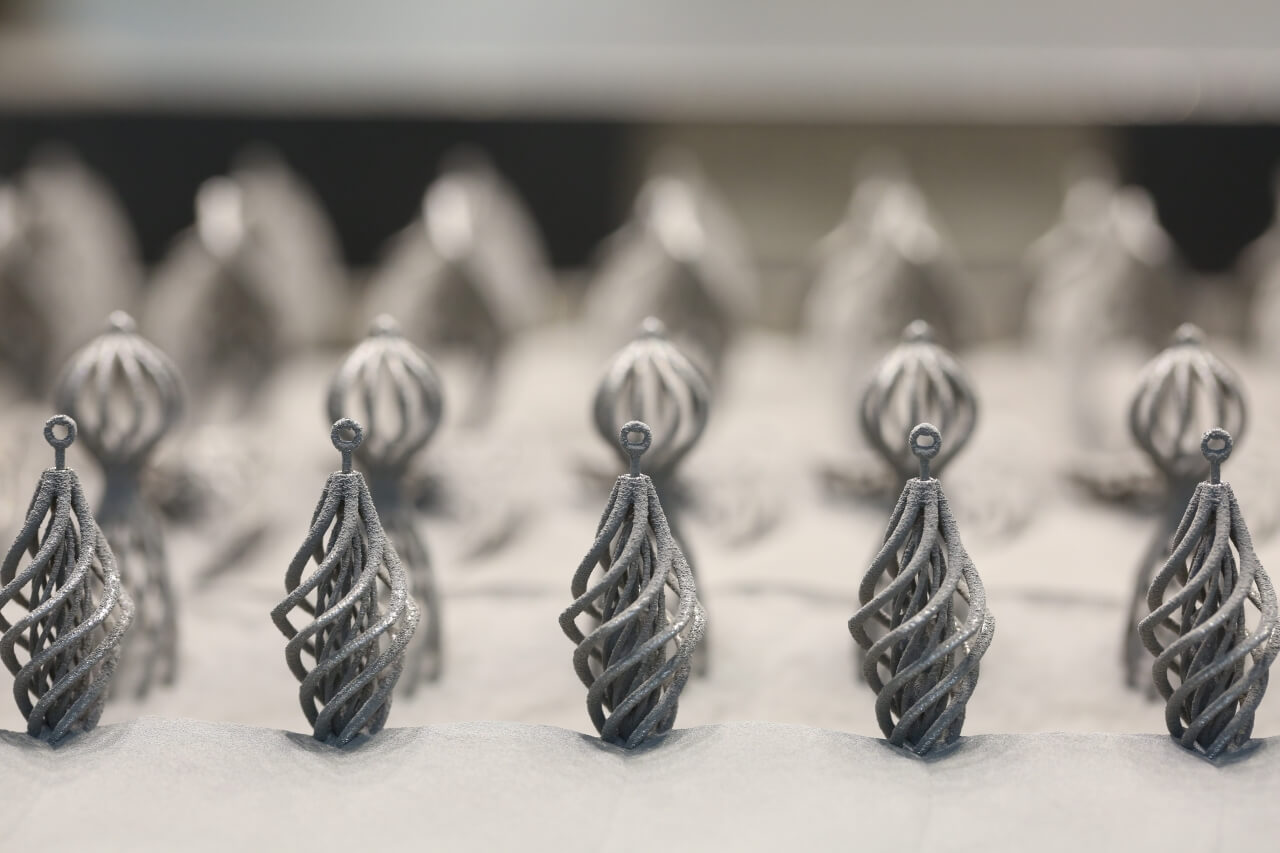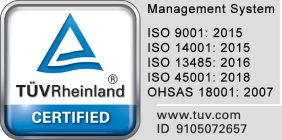How a part looks, feels and functions is highly dependent on surface finish and key to designing a successful product. Knowing how to choose the best finish is a matter of asking the right questions about who will use it, for what purpose and in what environment. Here are some questions to ask yourself to make sure you choose the right surface finish from the beginning.

What’s Your Product For?
Imagine a portable bluetooth stereo speaker enclosure, meant to be used at parties or at the beach. A rubberized paint treatment on the outside will absorb vibrations for a warmer sound quality. The rubber surface provides a firm grip on tabletops or a cooler so it won’t slip off. And it may give a degree of protection from spills and the elements, all desirable features to have in a music player meant to be used outdoors.

Parts used in different environments will be subject to heat, vibration, UV light, moisture, etc. Now’s the time to give careful consideration for how the surface will be exposed, worn, and aged over time and how your choice of finish can protect it.
Who is the Product For?
A toy meant for children will likely benefit from strong primary colors. High-gloss, bright and shiny surfaces invite children to play with them, and they’re easy to clean and hide scratches well. Of course, in that case, any surface treatment needs to be non-toxic as well as durable.

Products used by construction workers will focus less on aesthetics and more on extreme durability and corrosion protection. Tools and equipment will often have a non-glare finish, and the surface is likely to be somewhat rough for a better grip.
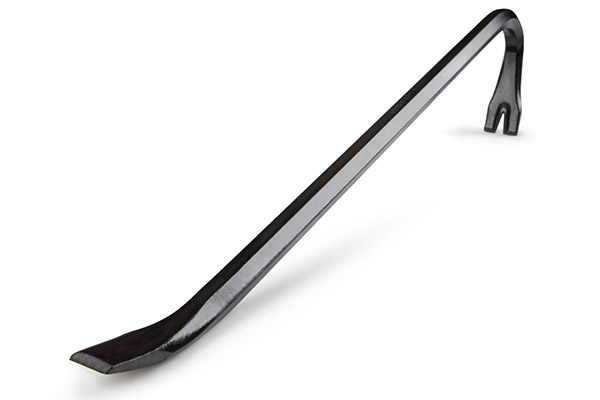
Customers relate to every product differently, and this in turn will affect the look and feel to ensure the best user experience.
What Emotional Response Do You Want To Inspire?
Aside from merely practical considerations, the look and feel of a part can create a mood. Some metallic finishes, like silver or gold plating, suggest sophistication and elegance. A fine watch can still keep perfect time even if the case is coated with rough, galvanized tin, but the feeling wouldn’t be the same. (Or the price!)
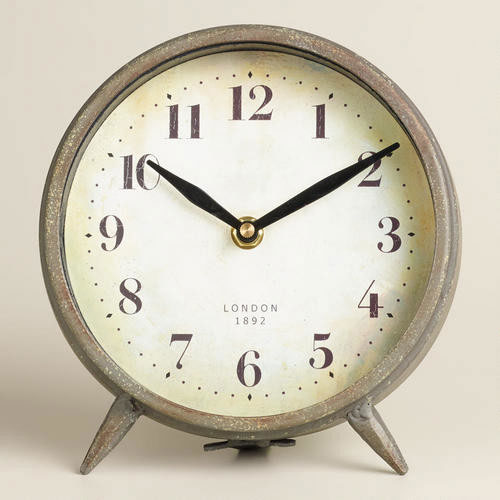
Fun or recreational objects tend to have bright colors, suitable for daytime activities, outdoor use and social occasions. Darker, more subdued matte finishes are refined and suggest privacy, nightime and indoor activites.
So if a product’s success is partly based on how the user feels about it, in addition to how it performs, then nailing the surface finish is critical to creating that feeling even before the product is put to use.
How Long Do You Want The Product To Last?
Maximum durability usually comes at a price, both in the quality of the raw material and the type of surface treatment applied to it. Generally speaking, a painted surface is the most easily scratched and faded, followed by passivation such as anodizing, powder coating and then plating.

Is the product disposable, or meant to last a lifetime? Choosing a durable surface finish will add value to the finished product, but will also be one of the cost drivers for manufacturing. Better quality finishes require more careful surface preparation, more complex manufacturing procedures and higher-quality materials, all of which will drive up costs. So the product designer needs to consider these factors up front.
Once you’ve asked yourself these questions, there are some other things you need to know about how the surface finish will impact your part.
Does the Raw Material Match the Kind of Finish You Want On It?
When choosing a material you should research to ensure you match your surface finish with the raw material substrate. Some substrates are hard to polish, such as titanium, so they will be poor candidates for a glossy final look. Other materials can’t be anodized. Paint won’t stick well to certain plastics, while powder coating requires that the substrate be able to resist the heat of a drying oven. And most external surface coatings won’t go well with any underlying material that’s too elastic or flexible because they will easily crack.
This is another important reason to consider surface finish at the start of a project. You can’t decide at the last minute to apply a surface treatment to your finished part if it’s not a good match with the material the part’s made from.
Will The Surface Finish You Choose Change The Part’s Dimensions?
Surface finish treatments can change the parts dimensions so research is key. Thick treatments like powder coating will increase the surface thickness everywhere they’re applied. But those coatings can’t reach deep into cavities or will clog threaded holes, which must later be machined again to original specs.
Coatings will also affect clearances and mating surfaces for parts that must fit together. Other treatments such as anodizing will use an acid bath to prepare the substrate, so this too will eat away at some degree of exposed material and alter those dimensions slightly, and in a non-uniform way that’s hard to predict or control.
Again, calculating all these factors at the start of the project is the best way to ensure success at the end.
Which Surface Finish is Best For Your Next Project?
Asking yourself questions about how the product will be used will help you narrow down the best surface finish for your next project. It is key to know who your ideal user is, how they intend to use the product and in what environment.
The materials and processes you use will also impact the effectiveness of the surface finish you choose. Our team of engineers are experts on surface finish and can provide advice and suggestions when making your parts. When you’re ready to start your next project upload your CAD file to our secure online form and our team will provide with a quotation.
